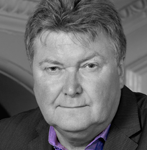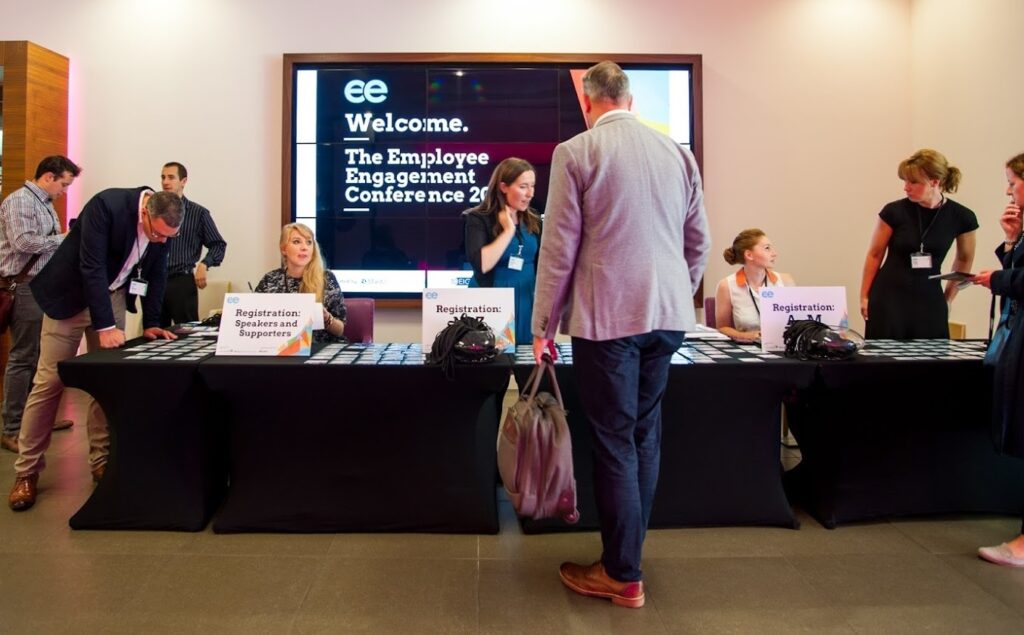Michael spoke at, and attended, the Employee Engagement Conference 2015, presented by HRZone. In this piece he outlines the main learnings from the day.
The agenda for the conference was promising, with CEO and HRD panels, and talks from familiar faces such as Perry Timms, Jan Hills and HRZone editor Jamie Lawrence. There were sessions on reward and the neuroscience behind engagement and we also got the perspectives of business leaders as to which aspects of engagement they struggle with or find really beneficial.
Keynote speaker Alison Lowe, CEO of Leeds mental health charity Touchstone, told a personal story of when her charity had to make people redundant- she told the audience she should have communicated more and made room for dialogue. Alison said that “It’s all about investing in people not just money. The HRD will always put the needs of Touchstone first even if it means disagreeing with the CEO.”
Alison’s top tips for CEOs:
- As CEO have fun, be connected to people.
- Don’t take yourself seriously all the time.
- Be yourself, love yourself.
- Show humanity – she shared with staff, on Yammer, her feelings on the death of her father.
- Be brave.
Alison also took part in the CEO Panel discussion which discussed how people-focused CEOs increase engagement in their organisations. The consensus was that they don’t use the word ‘engagement’ – instead they focus on culture, alignment, communication and reinforcement. A particularly interesting statistic quoted was that “50% engagement = 9% shareholder return; 60% engagement = 24% shareholder return”.
Some soundbites from the panel discussion are revealing: the CEO sets strategy and ethics but after that it’s down to the people; the CEO must concentrate on communication, visibility is important – the Webmart CEO puts out a weekly video cast for employees. The more you give, the more you get back – so apply that premise to your employees!
A session with Chris Winkelspecht of Maritz Motivation Solutions looked at successful engagement. His take was that greater autonomy for all employees comes when they are free and encouraged to use values to judge whether a particular course of action is the right one to take. He outlined five key principles for success:
- Hire the right talent
- Have a purpose that inspires
- Promulgate values that guide the organisation
- Display authentic leadership
- Appreciate great work
A talk by Elizabeth Sideris, Executive Director for HR at Cancer Research UK, offered some interesting advice for post-engagement survey action. Following surveys the HR team works with the leadership team to produce a plan and implementation timeframe for cultural action. As a result the charity has seen a 10% improvement in responses to the survey question “Will change result from this survey?”
Sideris says that she was agnostic about engagement but now admits she was wrong. Their engagement surveys revealed 97% of staff declaring they are proud to work for CUK, evincing pride, advocacy, endeavour, and caring as to future of the organisation as aspects of this. However, customer insight told them they were not “loved” within the wider community. The charity decided to address this ‘inside out’ via employees by using marketing events – in one event they undertook to link arms with every member of staff as part of World Cancer day thereby creating a visual image of what the organisation is trying to do.
Jan Hills, of Head Heart + Mind, talked about the neuroscience of engagement. She makes the connection between how the brain works and the way in which HR professionals can improve their contribution to organisational success.
The session pointed out the work of Barbara Fredrickson on positive emotions. We have a natural bias to notice threat and negative emotions. This threat, or negativity bias, keeps us alive and stops us from walking under a bus, taking too much risk or getting into fights, physical or verbal, with someone more powerful than us. Fredrickson says we have positive emotions because they build action urges to connect with others, and to be open to learning. Her theory also says that whilst they are fleeting they build and this building creates resilience and makes us more resourceful.
Jan Hills suggests that to create an environment where people are engaged, positivity is an essential element. A key question is how you can help people to notice more of the positive and to savour it and focus less on the negative.
Finally, the conference got down to some really important stuff – the chEEse discussions at the Employee Engagement Conference 2015 – HR professionals like brie! The evidence is on YouTube for all to see…






